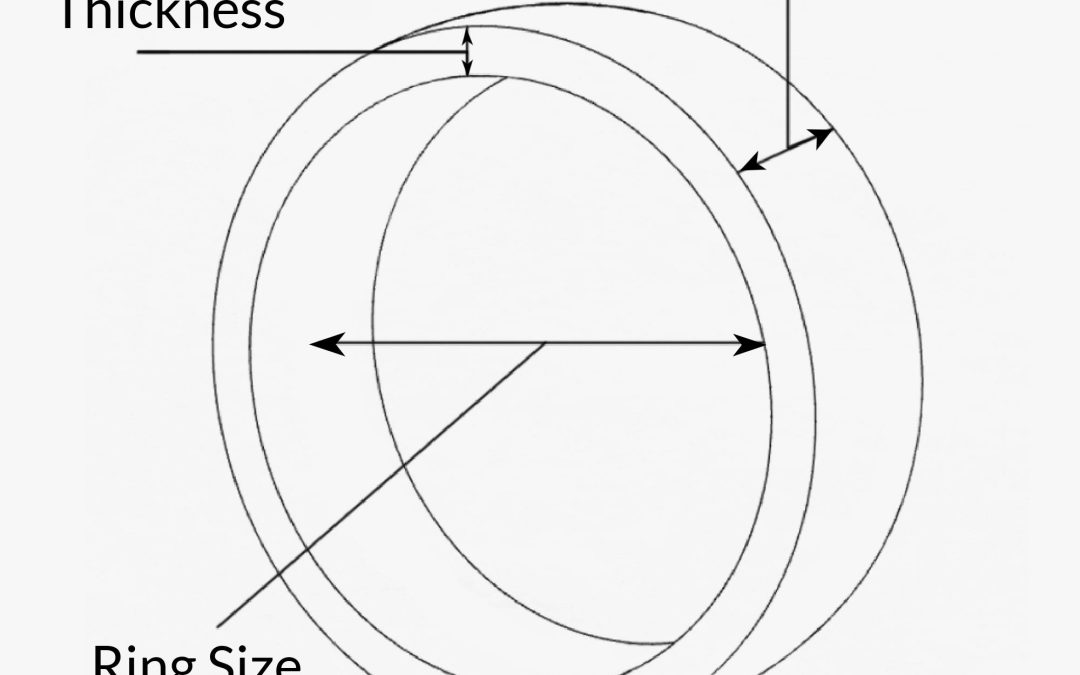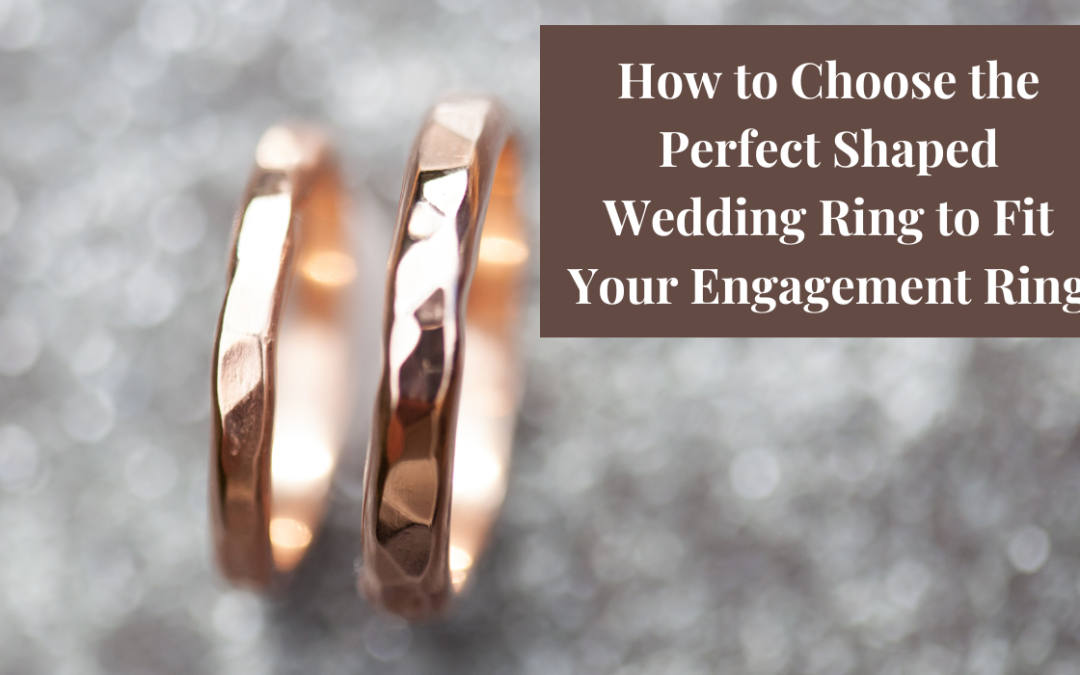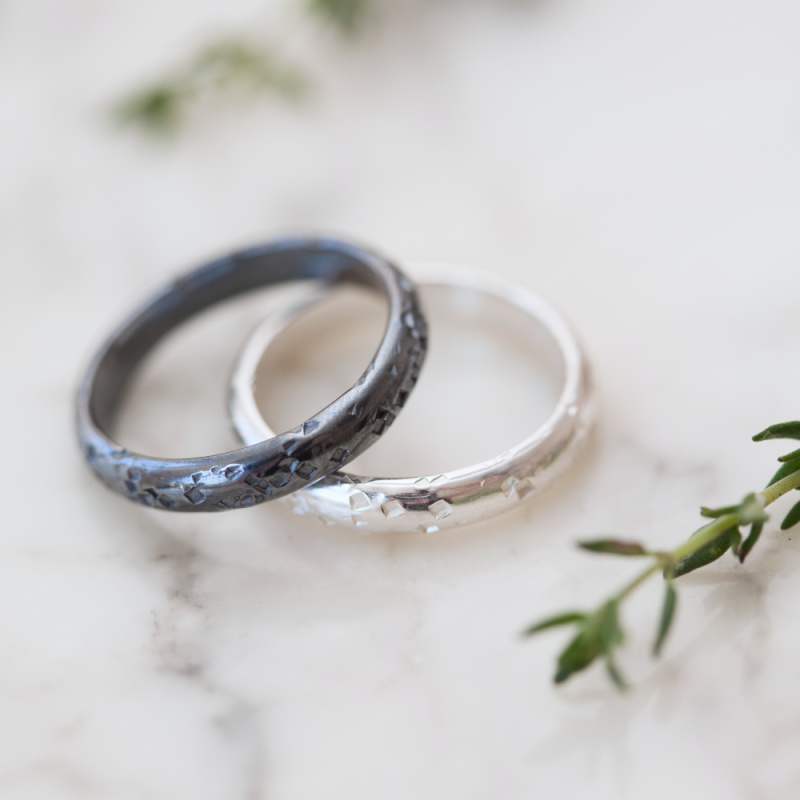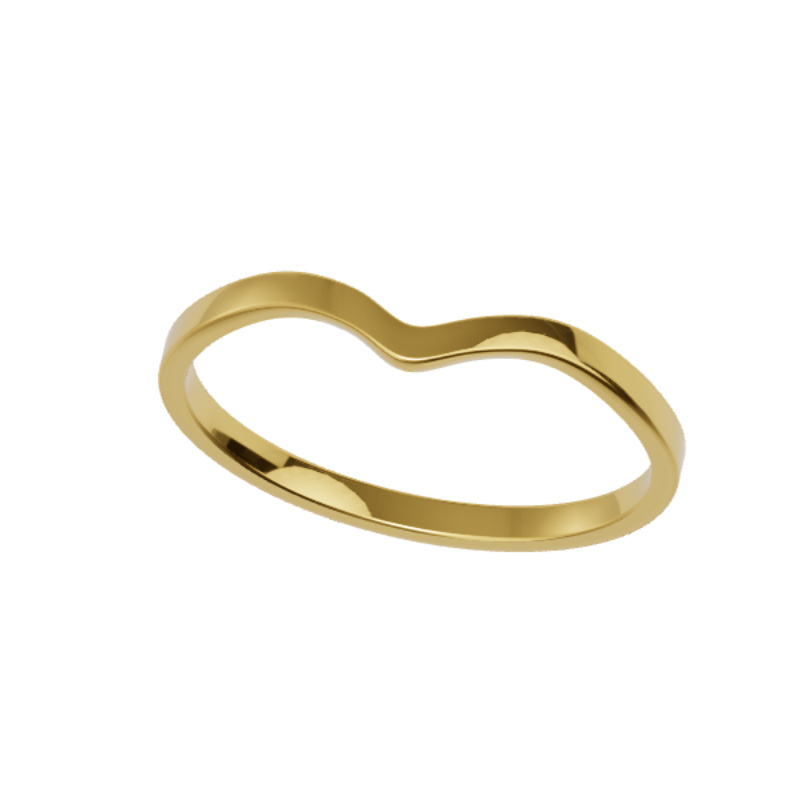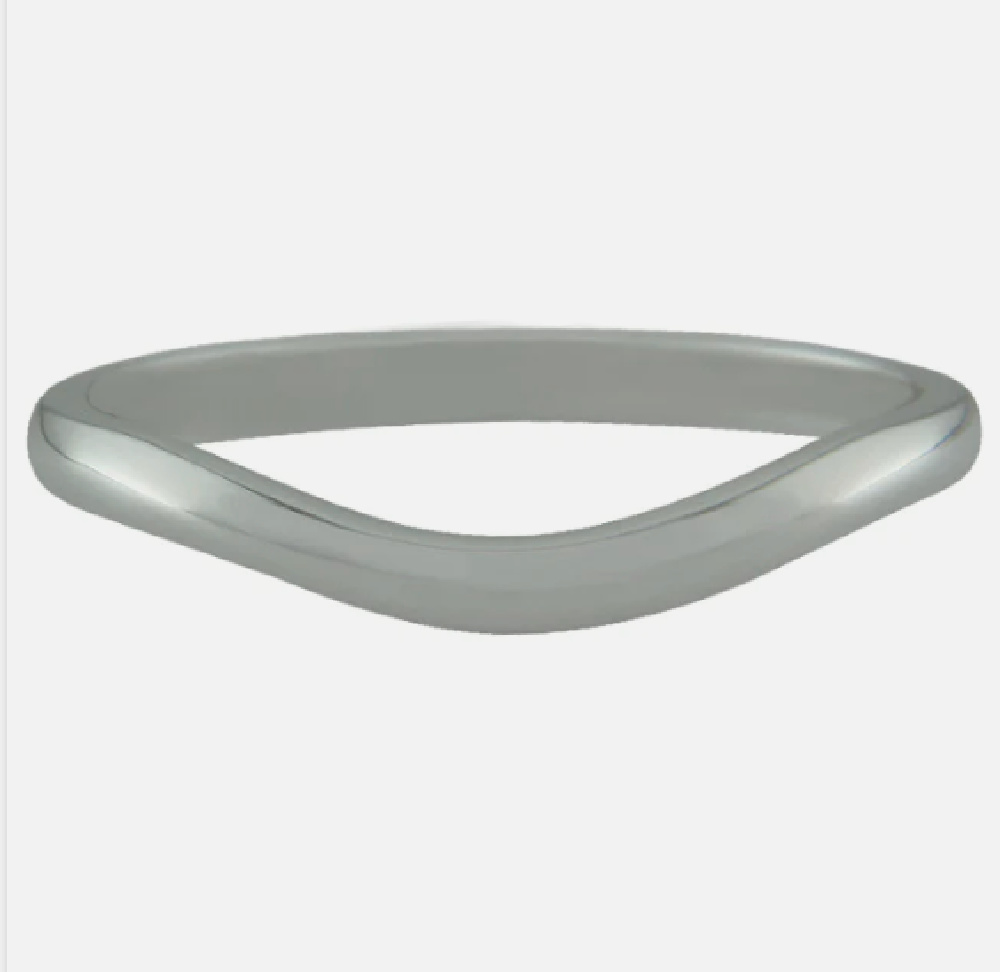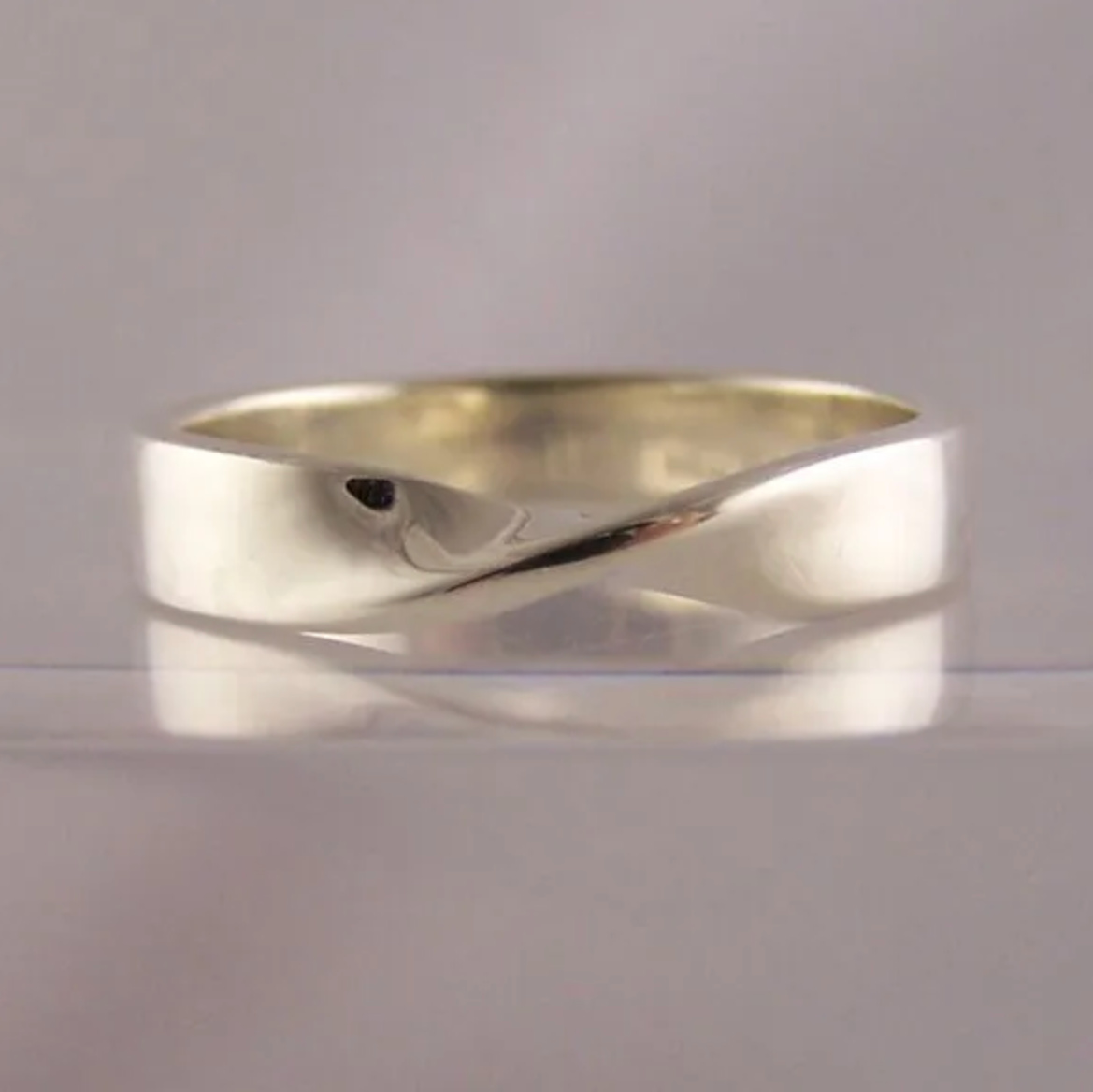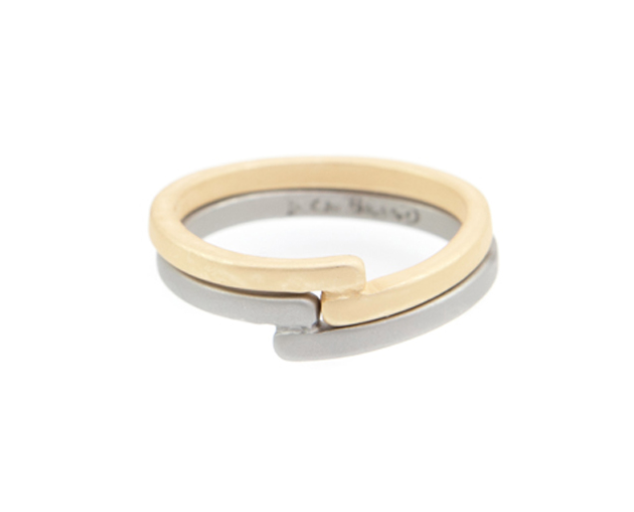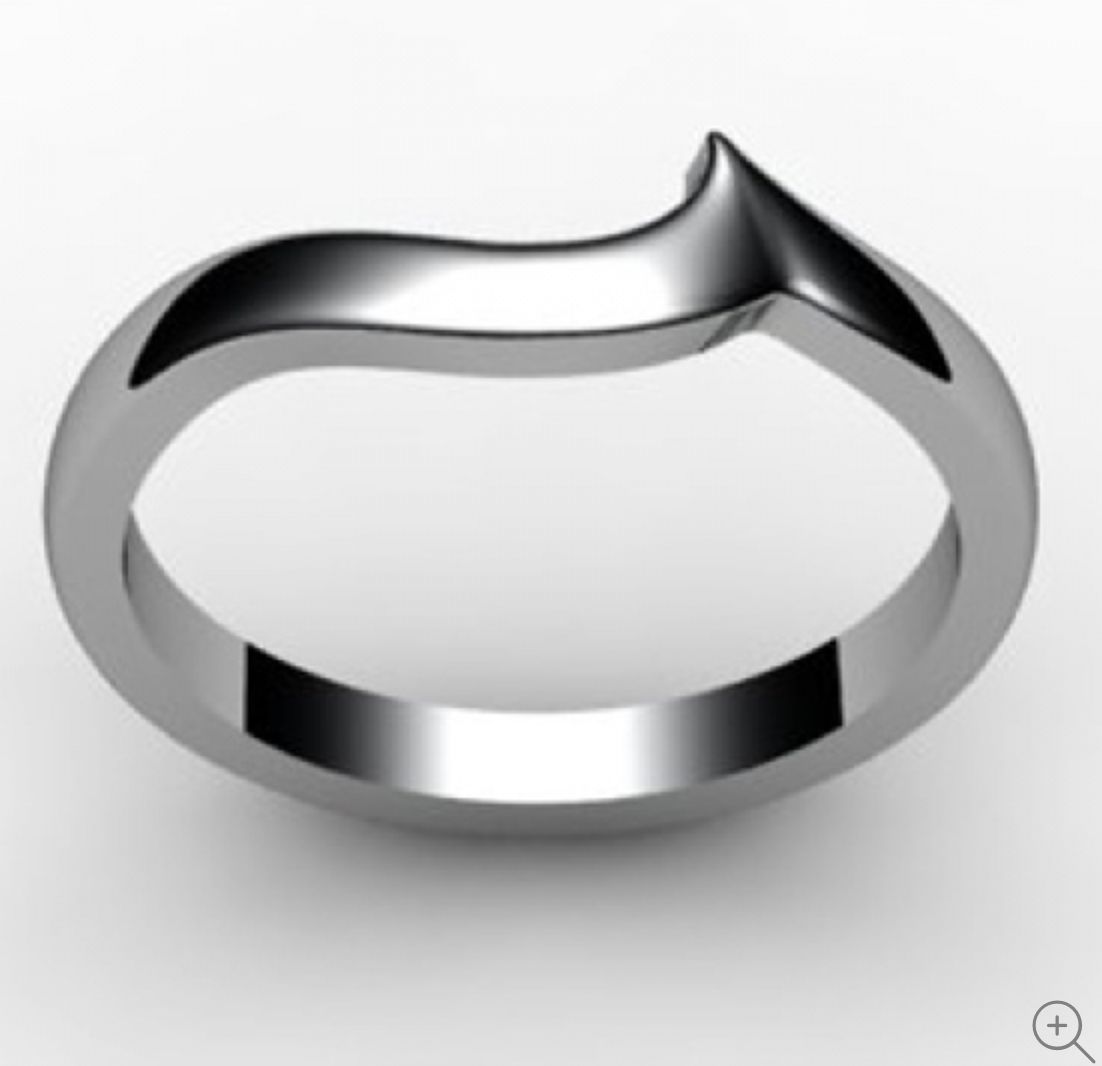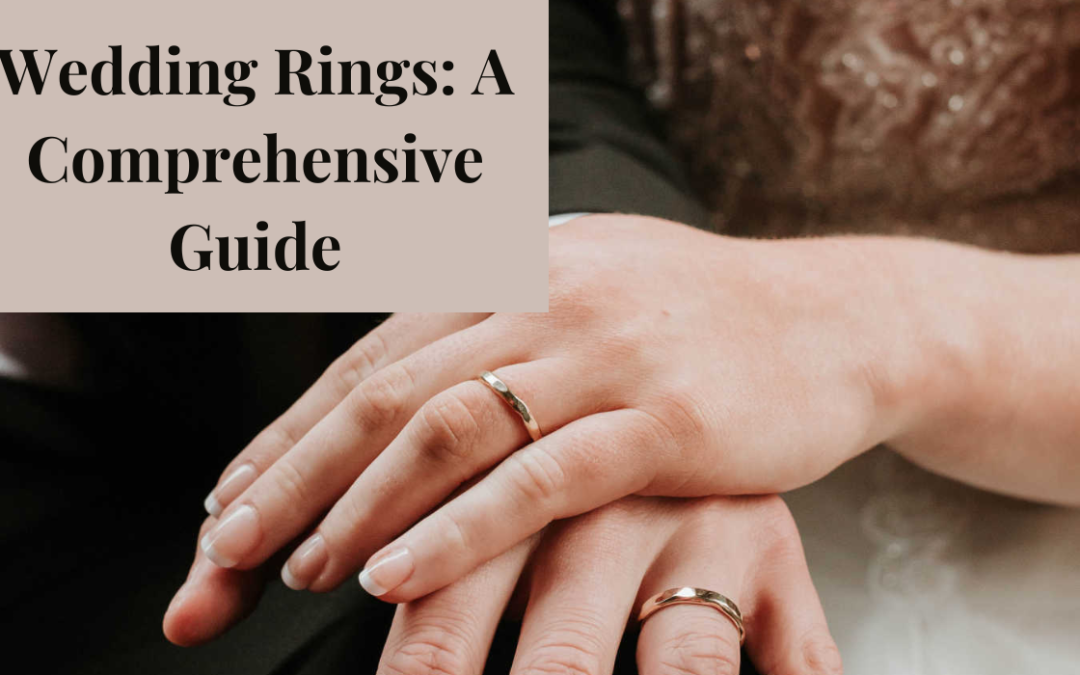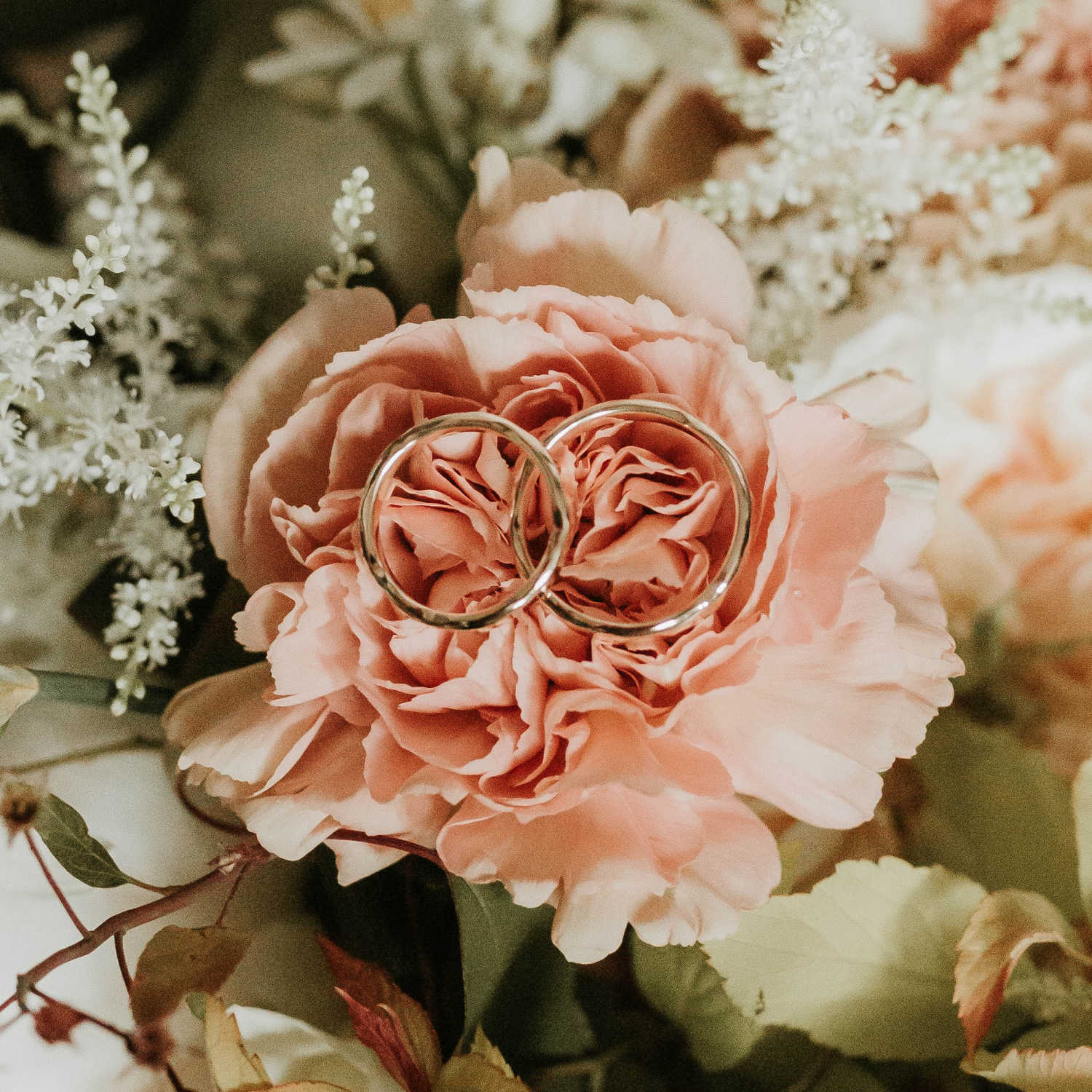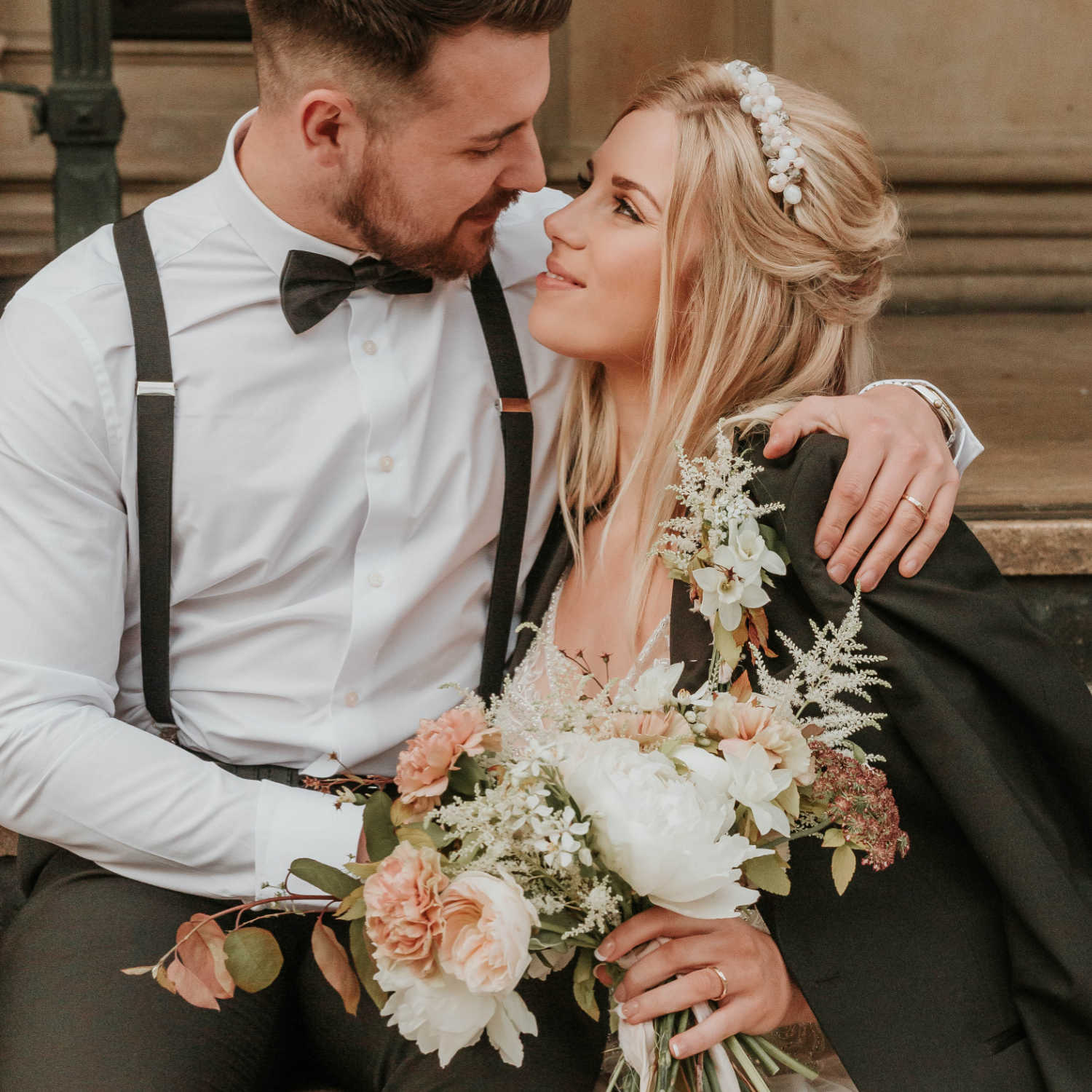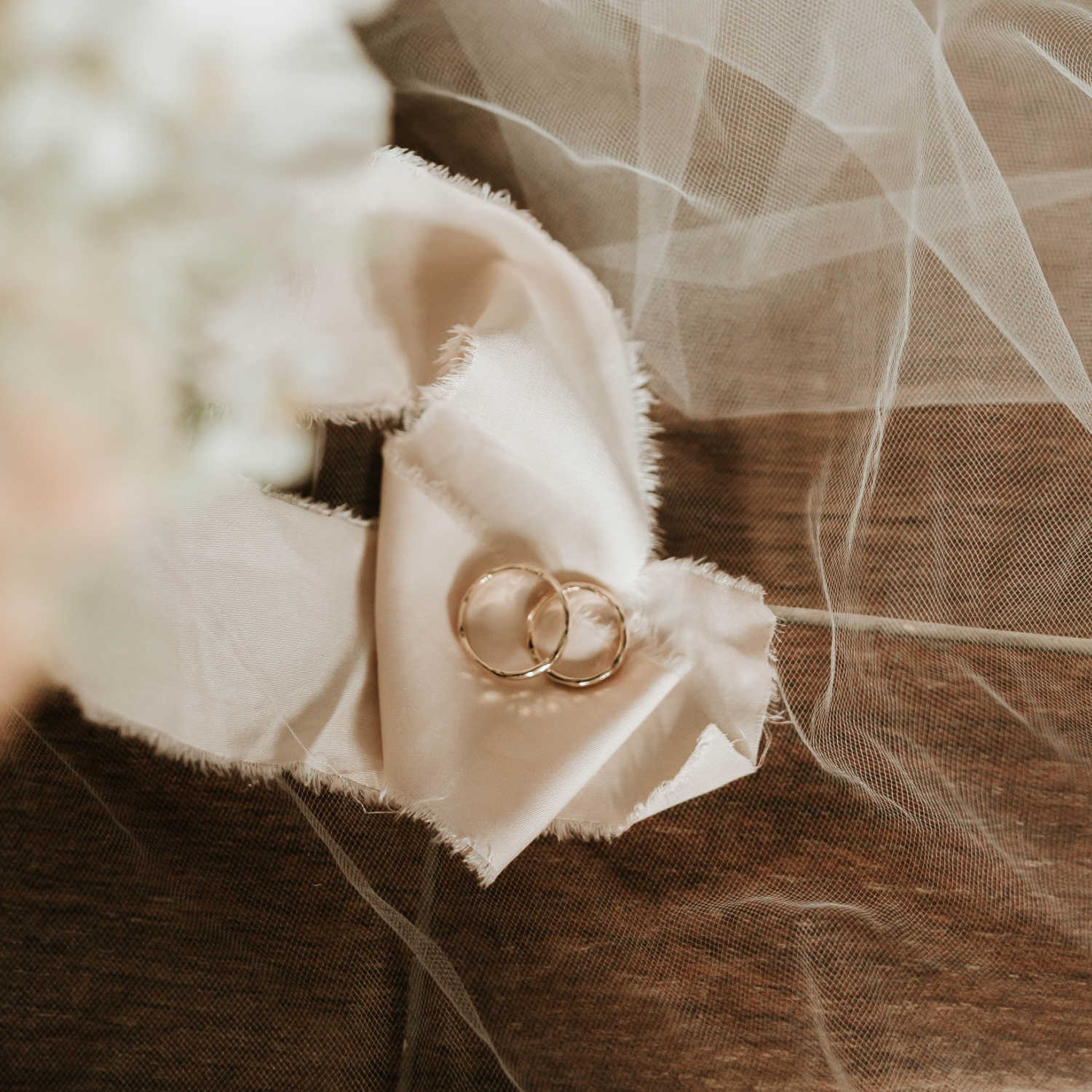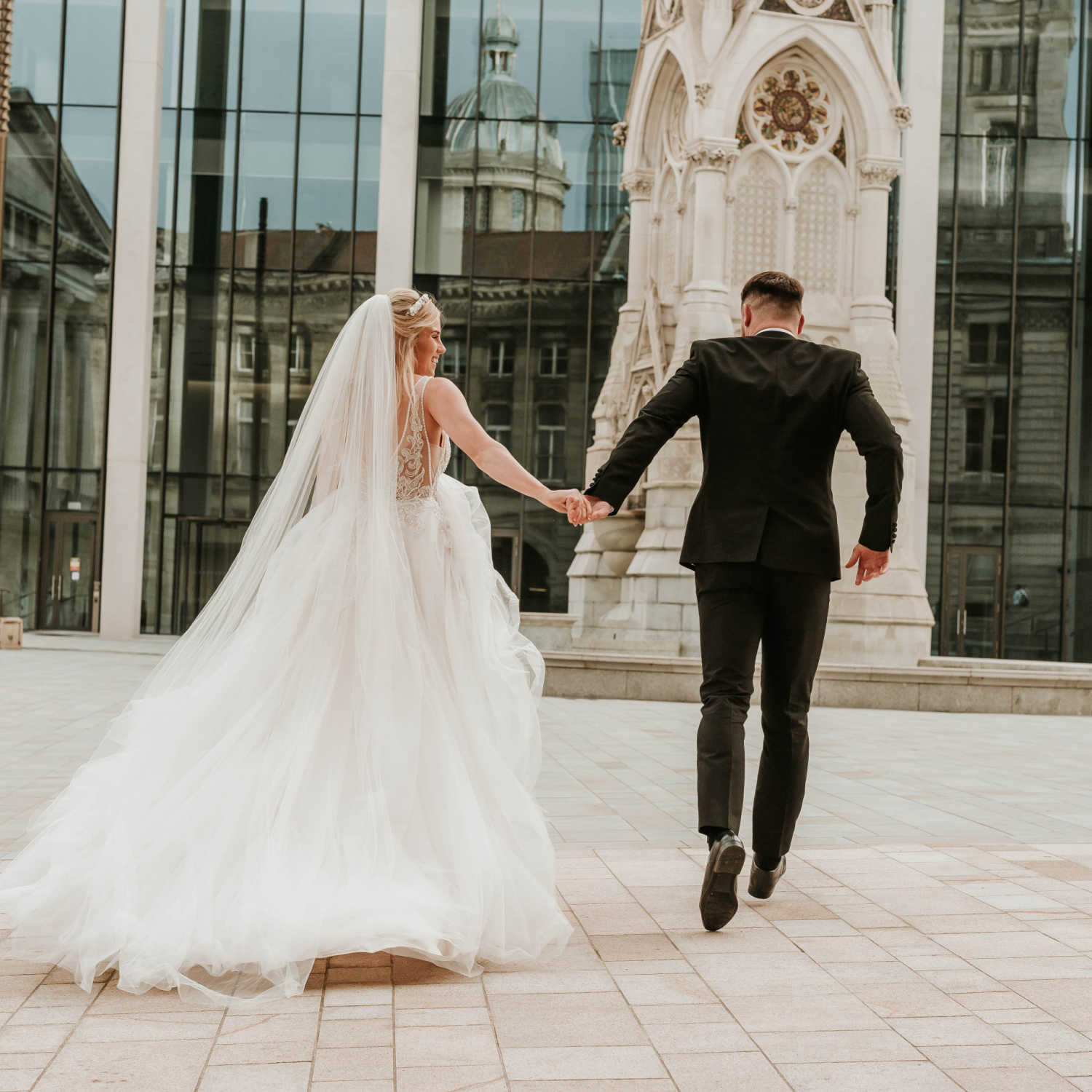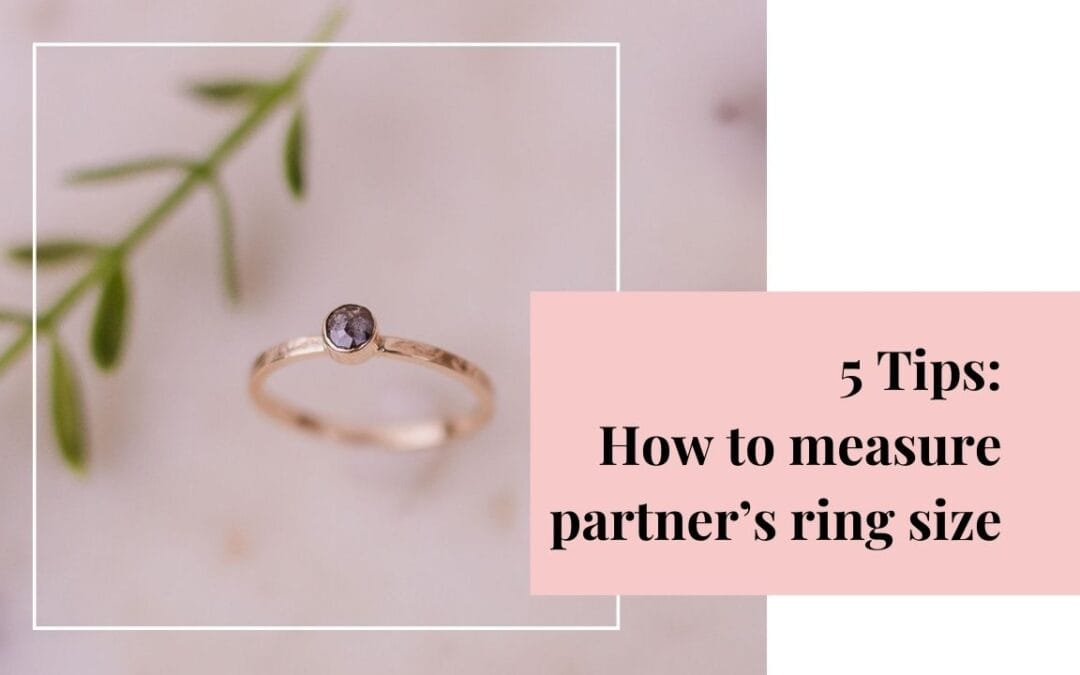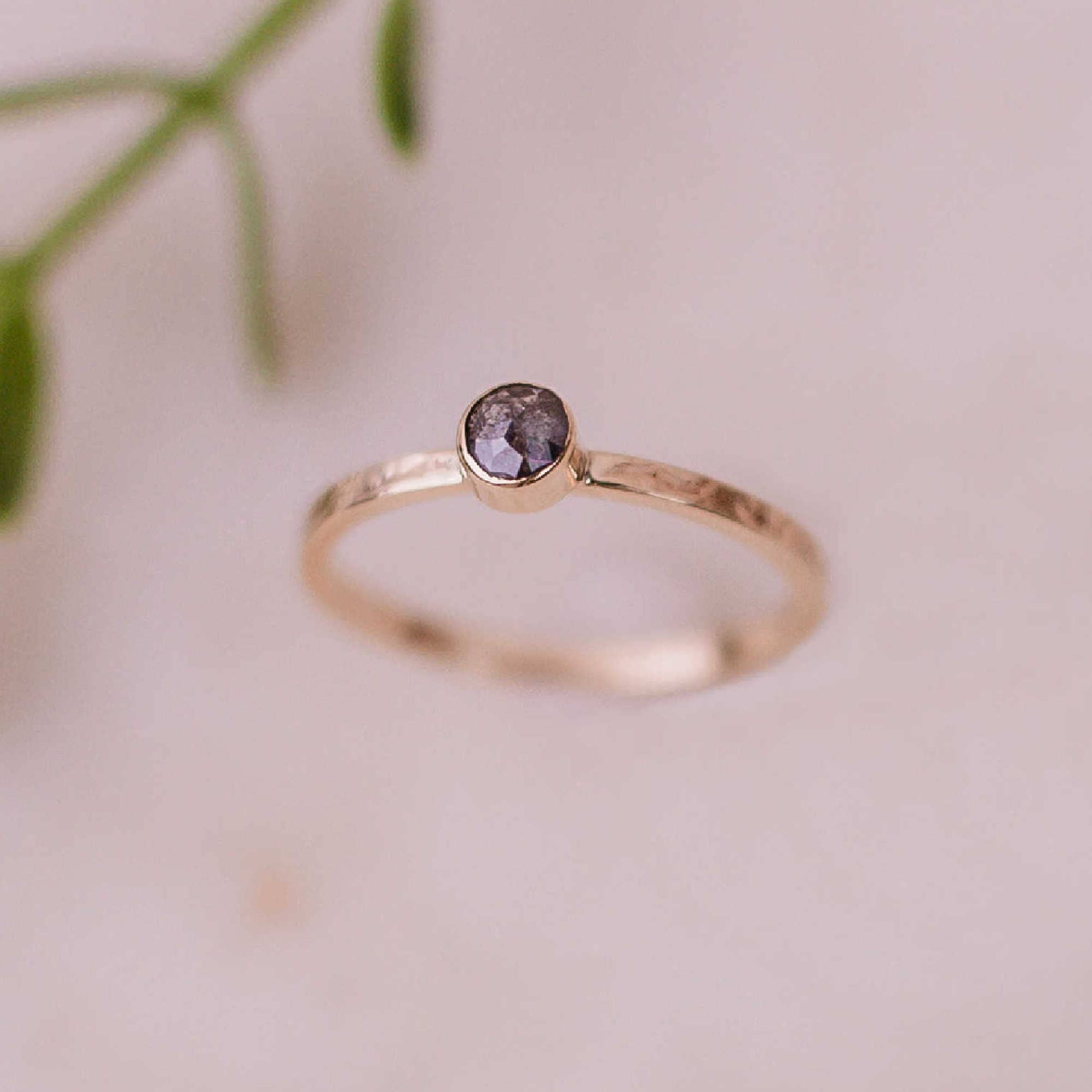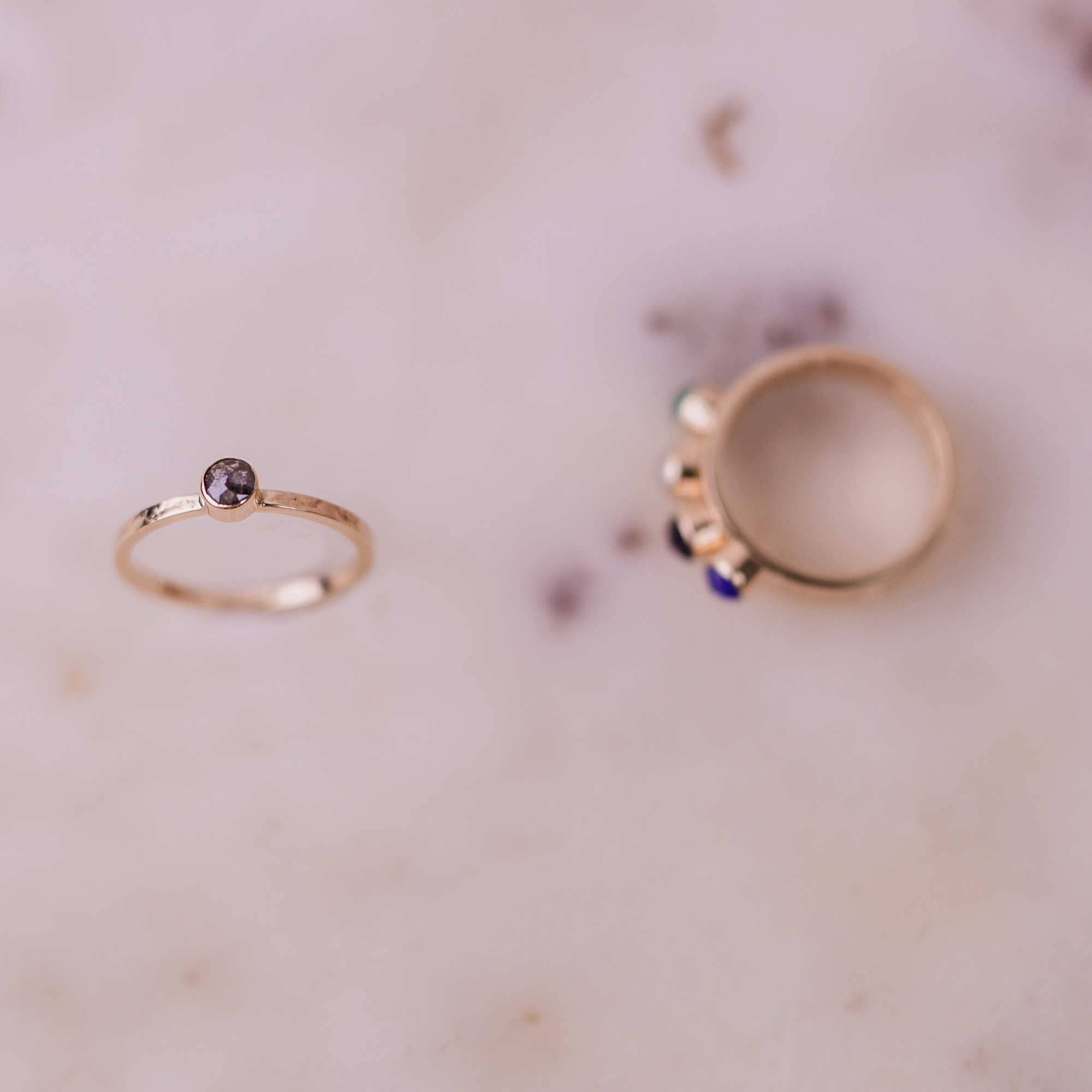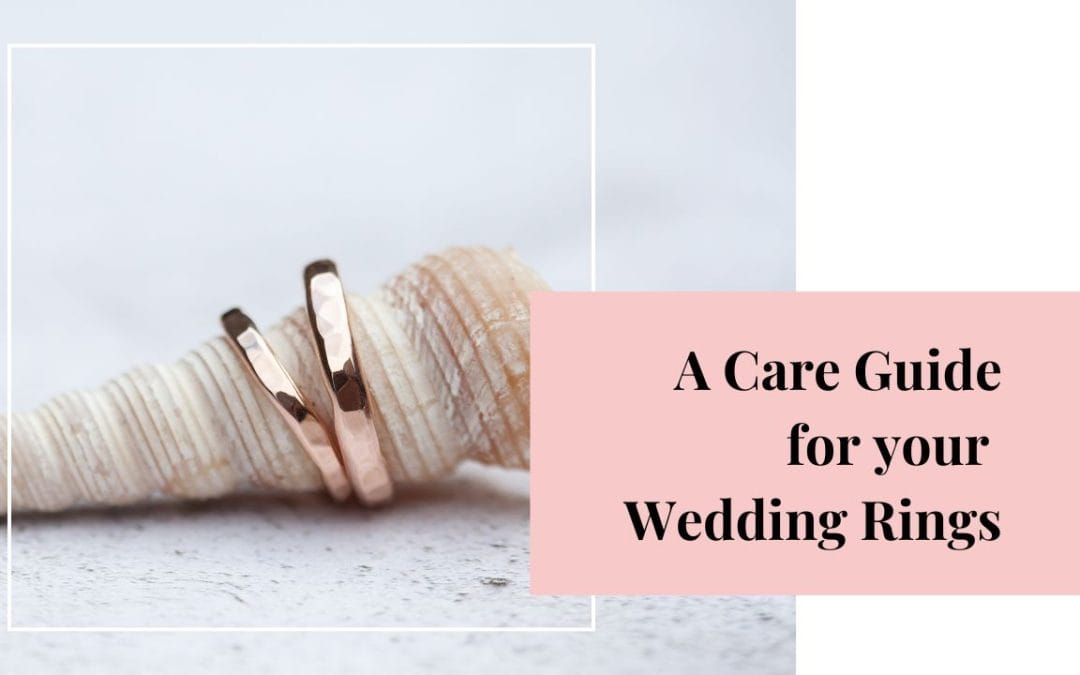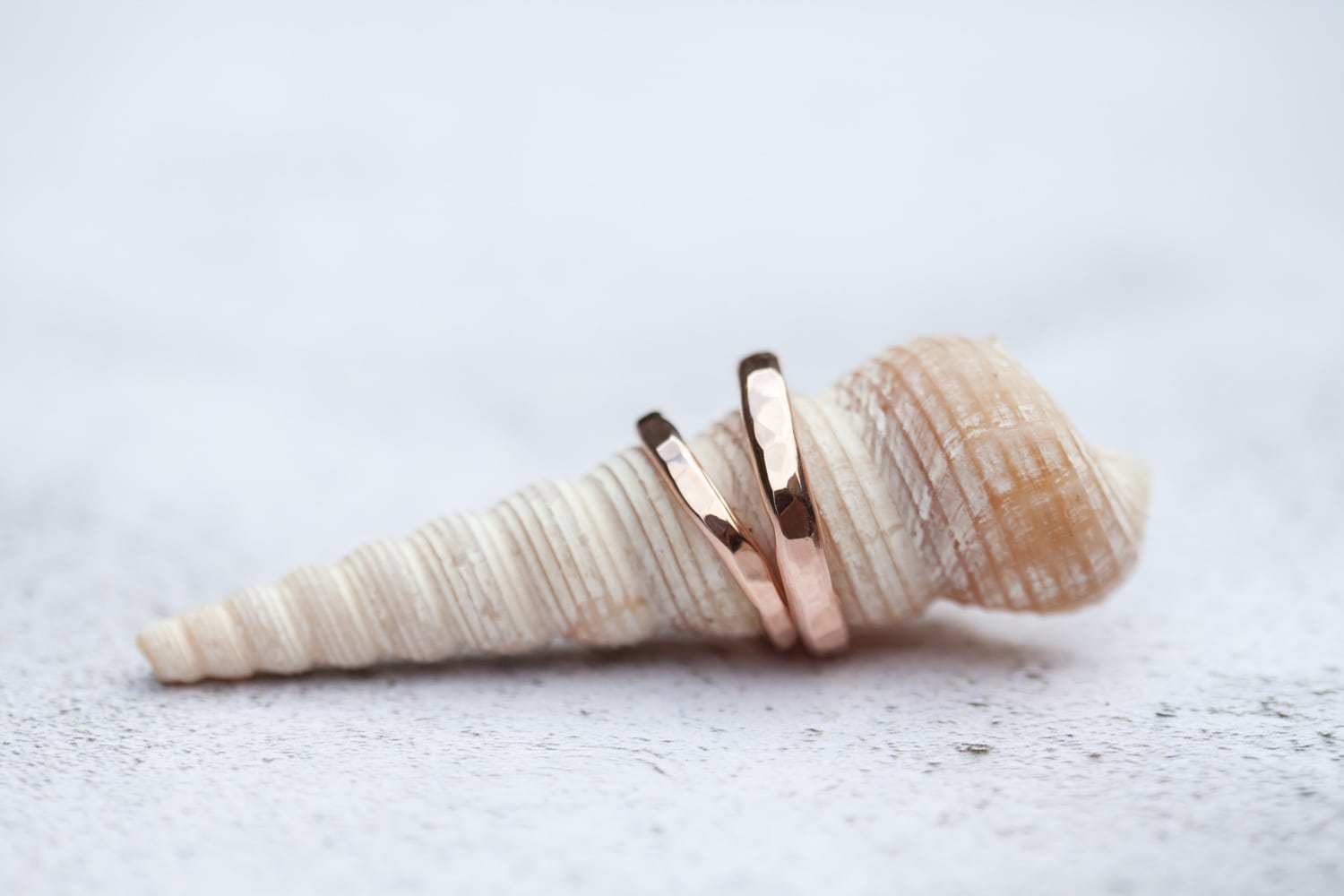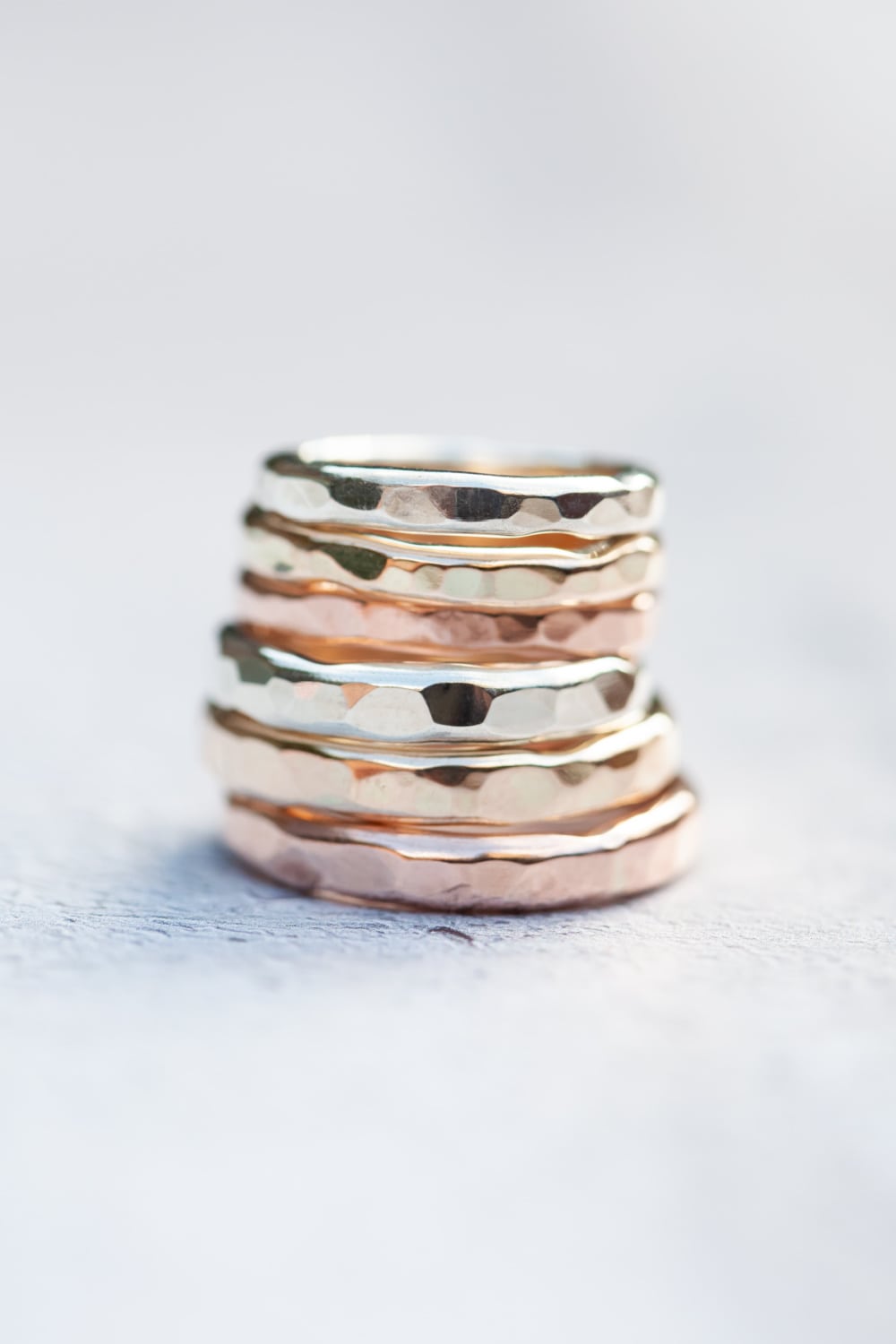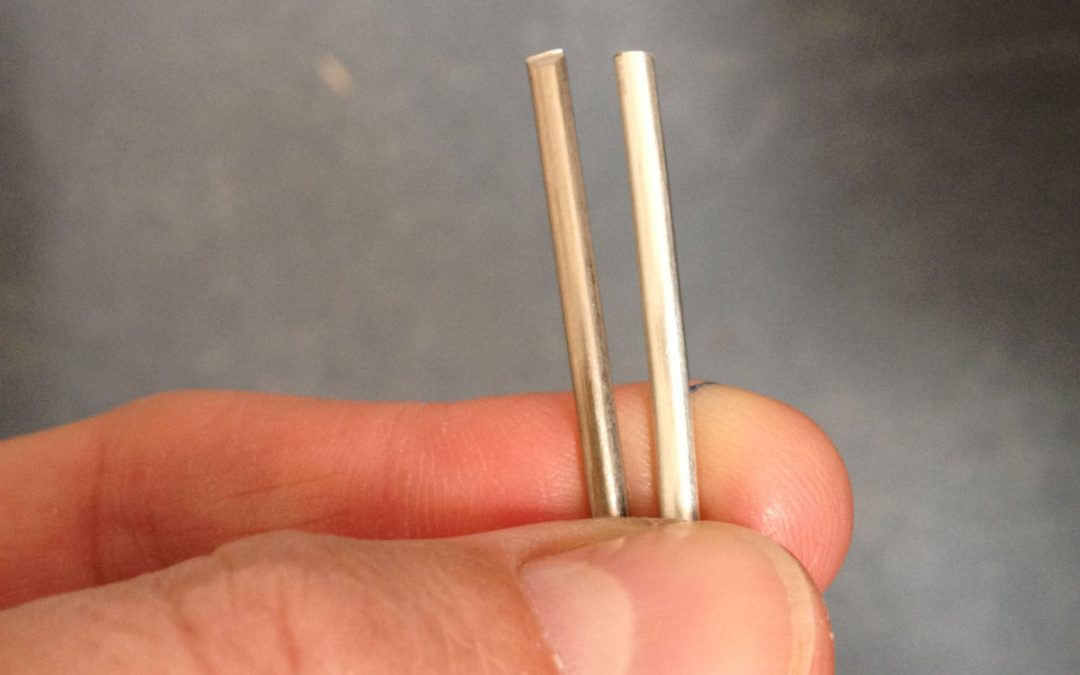
7 Wedding Ring Materials: Which One is Right for You?
7 Wedding Ring Materials: Which One is Right for You?
Choosing the perfect material for your wedding rings is an exciting part of the journey. With so many options available, it’s important to find a precious metal that suits your style, lifestyle, and values. In this guide, I’ll walk you through seven different materials you can choose from with wedding rings from EANJewellery.
Over the years, my personal research since 2016 has shown that white gold is still the most popular choice among couples. However, there are plenty of other stunning options to consider!
1. Recycled Sterling Silver
For couples looking for an affordable and eco-friendly option, recycled sterling silver is a great choice. It has a beautiful bright white finish and is a more budget-friendly alternative to white gold. However, silver is a softer metal, meaning it may show signs of wear over time, making it ideal for those who don’t mind a natural, lived-in look.
2. 9 Carat White Gold
A fantastic balance of durability and affordability, 9ct white gold is a lighter, slightly warmer-toned white metal compared to its 18ct counterpart. It contains less pure gold, making it harder and more resistant to everyday wear. However, over time, white gold may develop a subtle yellowish tint although my research has shown that the silver colour lasts and can be polished up to a gleaming silver very easily.
3. 18 Carat White Gold
For those who want a luxurious and timeless white metal, 18ct white gold is a stunning option. With a higher gold content than 9ct, it has a richer color and a slightly softer feel. It’s naturally more durable than silver but, like 9ct white gold, it may require occasional rhodium plating to maintain its bright white finish.
4. 9 Carat Yellow Gold
If you love a classic, warm golden tone, 9ct yellow gold is a wonderful choice. It’s a harder and more durable metal than 18ct yellow gold due to its lower pure gold content, making it an excellent everyday ring option. Its subtle golden hue offers a vintage-inspired charm that works beautifully in simple bands or more intricate designs.
5. 18 Carat Yellow Gold
For a deeper, richer gold tone, 18ct yellow gold is the way to go. With a higher gold content (75% pure gold), it has a luxurious feel and a vibrant color that won’t fade over time. While it’s slightly softer than 9ct, its unlikely that you’ll notice this when wearing it as a wedding ring.
6. 9 Carat Rose Gold
Rose gold has become increasingly popular thanks to its romantic blush-pink hue. 9ct rose gold is a blend of gold, copper, and silver, creating a durable metal with a soft pink tone. Its unique warmth complements all skin tones and adds a modern yet timeless twist to wedding rings.
7. 18 Carat Rose Gold
For a deeper, more intense rosy glow, 18ct rose gold is an exceptional choice. With a higher gold content, it has a richer color and a luxurious feel. Despite its high gold content, the added copper makes it one of the most durable gold alloys, making it perfect for lifelong wear.
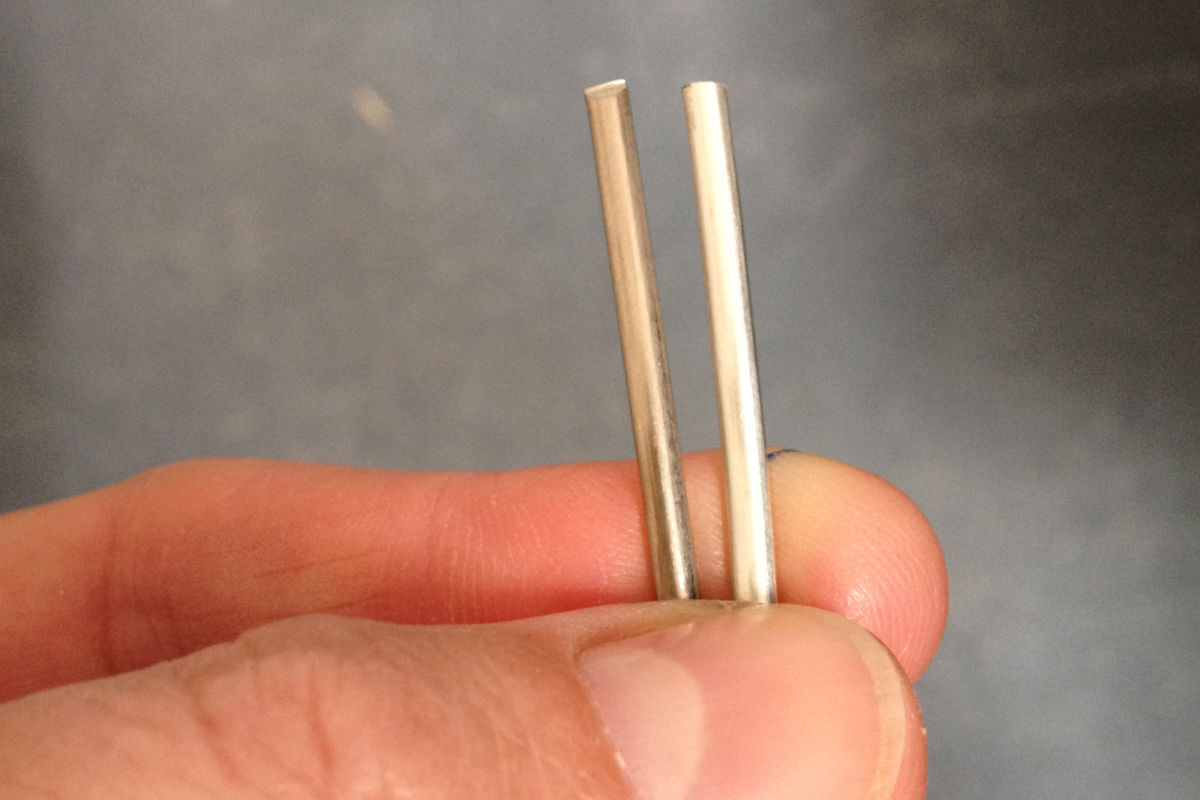
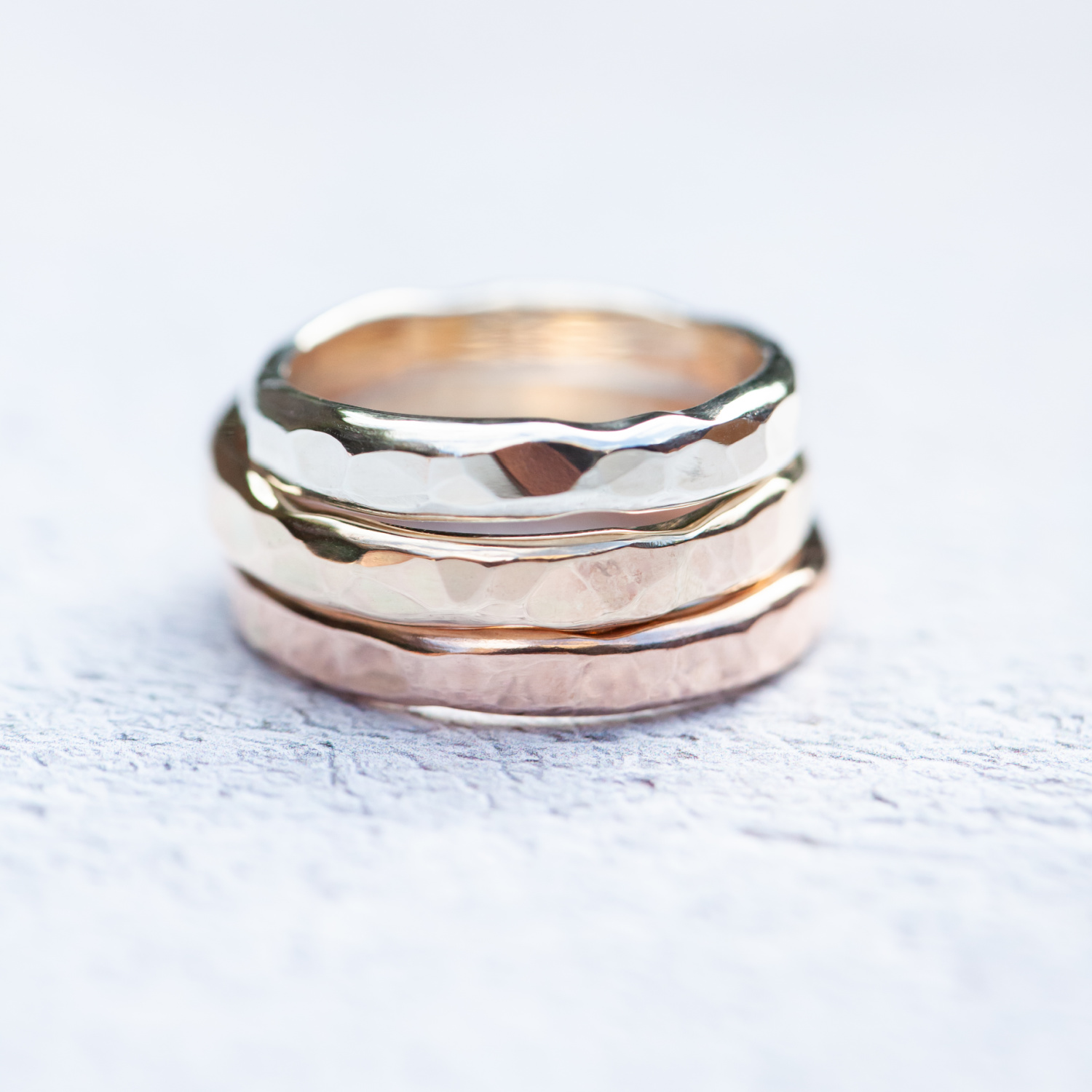
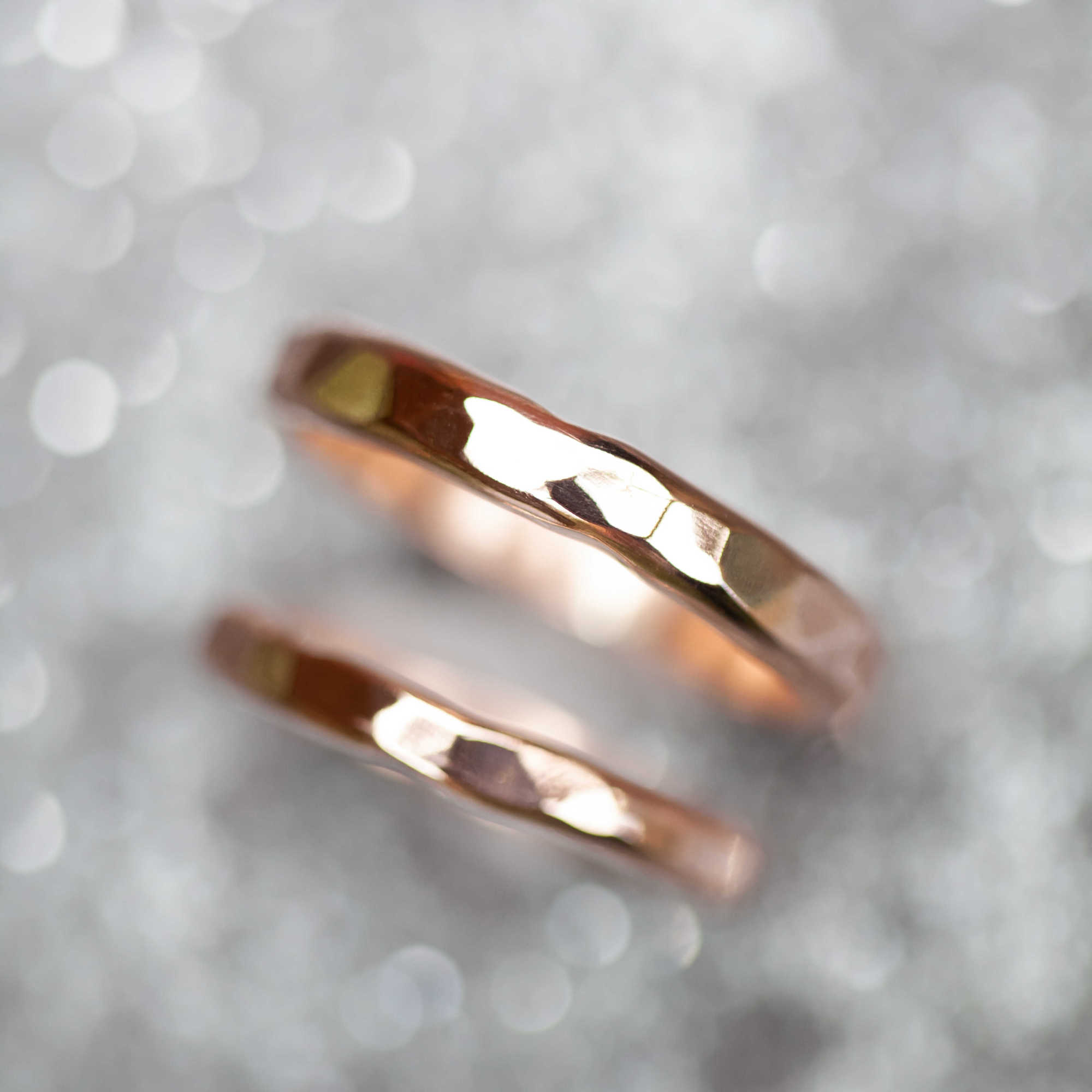
Which Metal Is Right for You?
When choosing your wedding ring material, consider:
✔️ Your style – Do you prefer classic yellow gold, modern white gold, or romantic rose gold?
✔️ Durability – Do you need a hard-wearing metal for everyday wear in your job?
✔️ Budget – Are you looking for an affordable option like sterling silver or 9ct gold, or are you drawn to the luxury of 18ct gold?
✔️ Sustainability – If being eco-conscious is important, recycled metals are a wonderful way to make a positive impact.
While my research shows that white gold is the most popular choice among couples, the best metal for you is the one that feels right for your style and love story.
Would you like help choosing the perfect metal for your wedding rings? I’d love to guide you through the options—just get in touch!
Ellie at EANJewellery

